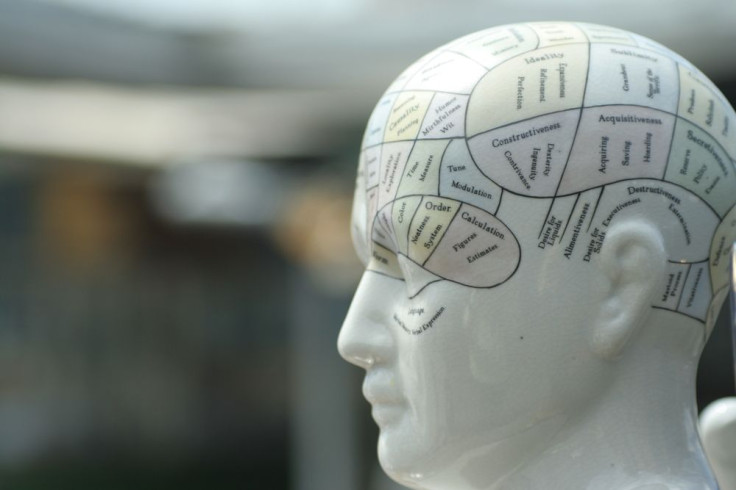Psychotherapy Proven To Normalize Brain Activity In Depressed Patients

For years, psychiatrists and psychologists have lacked physiological proof of the "disordered" mentalities they diagnosed. Brain imaging technologies changed all that by offering hard evidence of the differences between the brains of patients and of people without mental illness. Now, a recent study from German scientists confirms theories of mental dysfunction underlying depression, while the research also shows how depressed brain activity can be normalized following psychotherapy — minus any form of drug therapy.
For some time now, neuroscientists using brain imaging technologies have been able to examine the changes that occur in the brains of patients as a result of mental illness. Depression, in particular, marks the brain in a particular way.
“The human brain responds to depression,” Dr. Svenja Taubner, lead author and professor in the department of psychology at the University of Kassel, explained in a press release. “Patients typically show hyperactivity particularly in the amygdala, the striatum, and other limbic regions.”
Along with this characteristic hyperactivity, depression also produces generalized network dysfunction, as neuroscientists conceptualize it, in the cortico-limbic loops. Since depression affects the functioning of the brain, it only stands to reason that successful treatment would impact the brain as well. In other words, patterns of hyperactivity should normalize as a patient’s mood stabilizes.
However, this is where brain imaging studies fall short — some studies show increased hyperactivity in limbic and subcortical regions following psychotherapy treatment, while others show decreased hyperactivity. Taken together, the studies did not prove psychotherapy could normalize the brain of a patient. For the current study, then, the researchers wanted to confirm the positive effects of psychotherapy.
No Drugs
The experiment they designed worked like this: The researchers examined and scanned the brains of 18 patients with recurring depressive disorders and a control group of 17 healthy people. Then, after the patients underwent eight months of psychotherapy, all the participants were examined again.
For the depressed patients, the researchers selected four sentences to represent their personal dysfunction theme, so to speak, before psychotherapy began. One patient, for example, exemplified these four sentences: “You wish to be accepted by others;” “Therefore, you do a lot for them;” “That is often too close for them, so they retreat;” “Then you feel empty and lonesome.” These sentences served as stimuli during the MRI sessions — the researchers read these trigger sentences while peering into the patient's brain using the technology.
What did the researchers see? Before psychotherapy, the sentence stimuli triggered hyperactivity in the limbic system within each depressed patient's brain. Yet, following eight weeks of psychotherapy, the patients' brains had normalized and their limbic systems did not hyper-react to the stimuli.
Psychotherapy, the researchers explained, helps patients accept and gain insight into their dysfunctional relations, and as a result, patients do not become emotionally aroused when they are forced to confront their so-called “issues.” For anyone suffering depression, this study validates the benefits of drug-less psychotherapy. Going forward, the researchers expect to report a second follow-up study after 20 months of treatment.
Source: Wiswede D, Taubner S, Buchheim A, et al. Tracking Functional Brain Changes in Patients with Depression under Psychodynamic Psychotherapy Using Individualized Stimuli. PLoS ONE. 2014.
Published by Medicaldaily.com



























